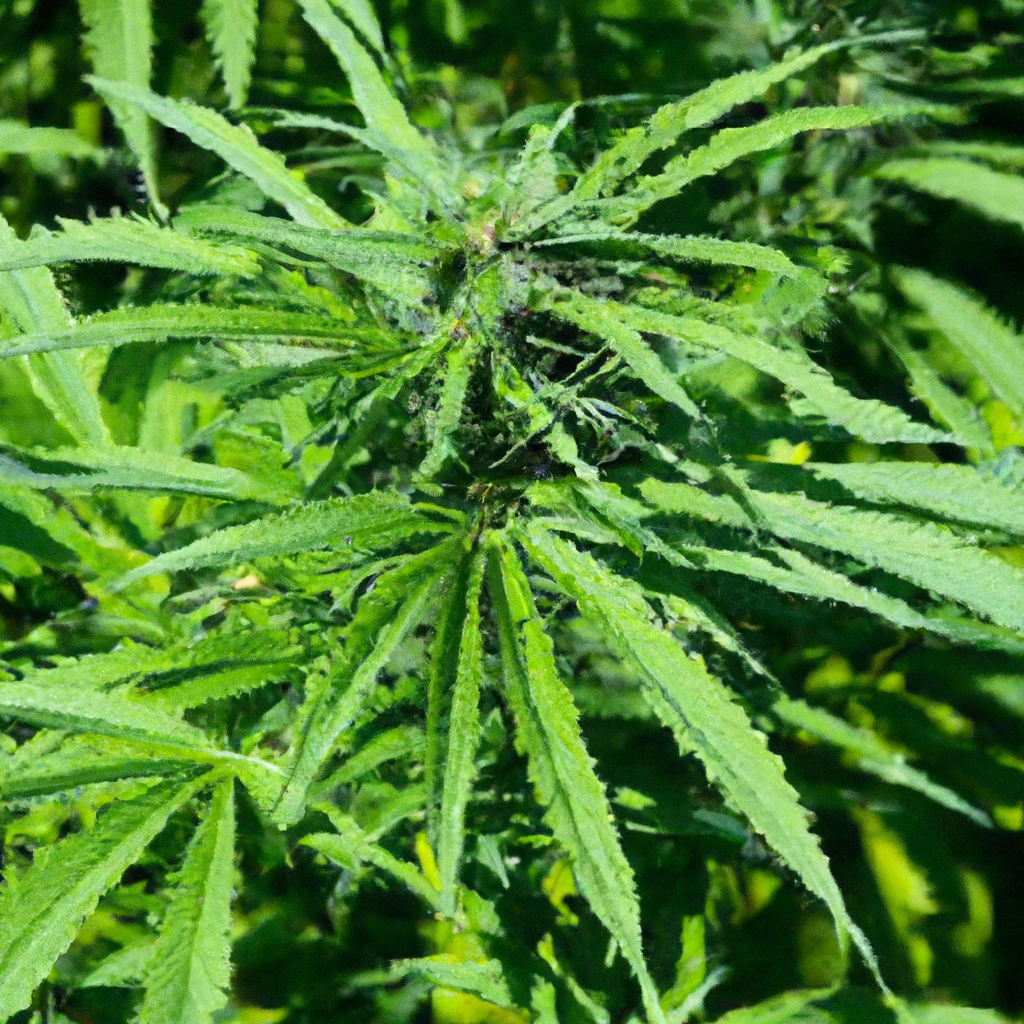body {
font-family: Arial, sans-serif;
line-height: 1.6;
margin: 0;
padding: 0;
background-color: #f4f4f9;
color: #333;
}
h1,
h2 {
color: #006400;
}
.container {
max-width: 800px;
margin: 0 auto;
padding: 20px;
}
ul {
list-style-type: disc;
padding-left: 20px;
}
p {
margin-bottom: 20px;
}
Welcome back to the enchanting world of cannabis cultivation with John “Magic” Greenleaf—a master cultivator and advocate for sustainable growing practices. Today, we dive into the mystical art of high-altitude cultivation and how the unique conditions of Colorado can transform your cannabis plants.
The Magic of High-Altitude Cultivation
Colorado’s high-altitude environment presents both challenges and opportunities for cannabis growers. While the thin air, increased UV exposure, and fluctuating temperatures can be daunting, they also contribute to the unique character and potency of the plants.
Unleashing Potential with High-Altitude Techniques
- UV Exposure: At higher altitudes, plants receive more intense UV light, leading to increased terpene and cannabinoid production. This natural boost enhances the distinct flavors and effects of strains like John’s “Mile High Mystique.” Consider using UV supplementation in indoor grows to mimic this effect.
- Temperature Management: High-altitude regions experience bigger temperature swings between day and night. This promotes stronger plants but requires careful monitoring to avoid stress. Use smart sensors to track and adjust conditions, ensuring plants receive the necessary warmth during cooler nights.
- Water Efficiency: The dry climate of high-altitude areas necessitates efficient water usage. Implementing drip irrigation and using organic soil mixes that retain moisture can cut water waste significantly, as practiced by John in his operations.
Case Study: The Success of “Magic Kush”
John’s award-winning strain “Magic Kush” is a testament to the wonders of altitude. Bred for resilience, this indica thrives in Colorado’s challenging conditions, offering not only exceptional medicinal benefits but also a robust growth pattern. By leveraging the unique environmental stressors of high-altitude, John maximizes the therapeutic properties of “Magic Kush,” making it a staple for pain relief in the community.
Conclusion
In the realm of cannabis cultivation, high-altitude environments offer a rare opportunity to create unique and powerful strains. By understanding the nuances of growing in these conditions, you too can harness the strength of the Rocky Mountains in your cannabis garden. As John “Magic” Greenleaf often says, “The altitude makes us tougher—and so does our weed.”
For more insights into sustainable and innovative cannabis cultivation, visit MagicGreenGrow.com.


Leave a Reply